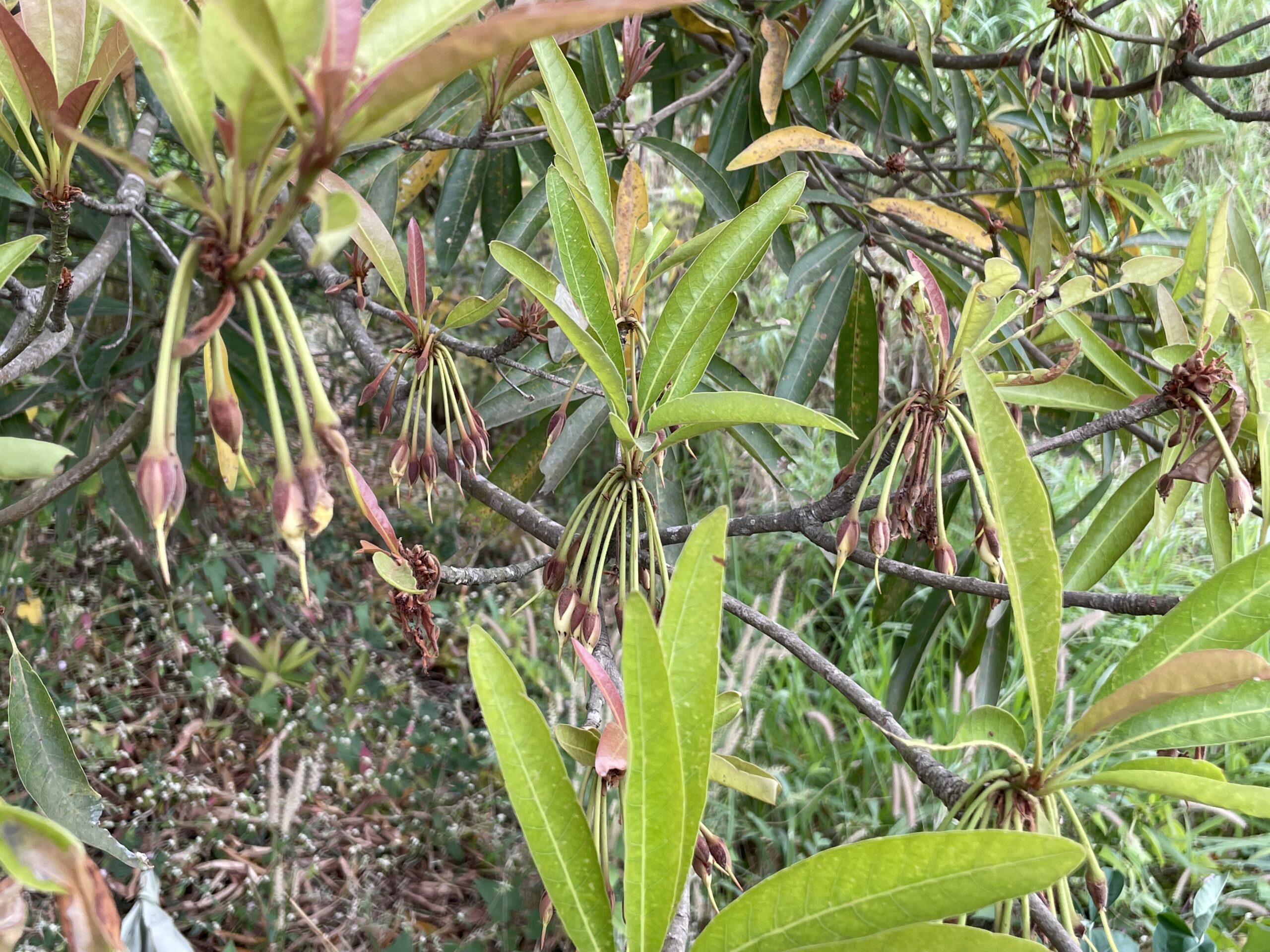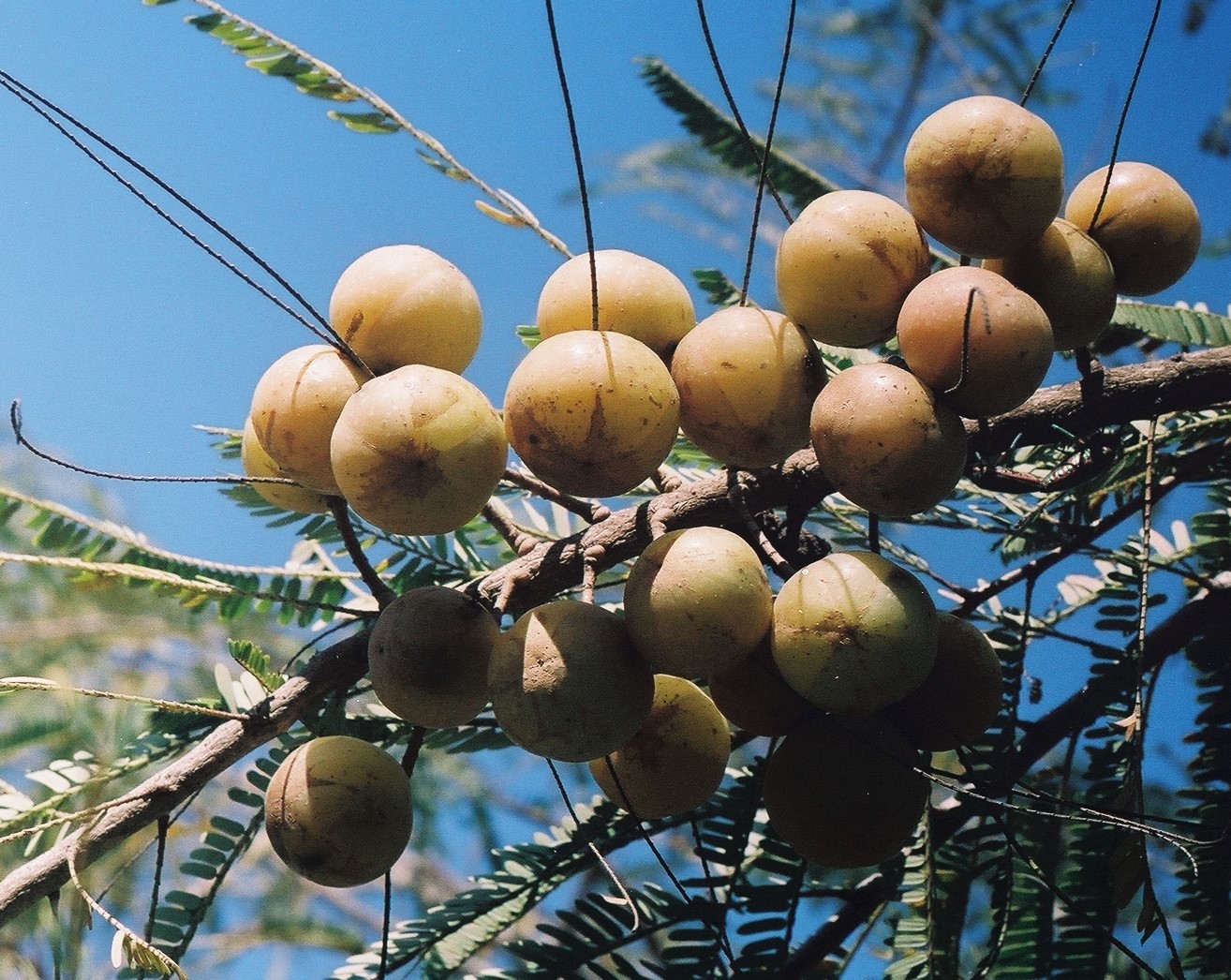Week and Your Plants – April 08 to April 14
Zodiac sign : Pisces / Meenam
Ficus benghalensis (പേരാൽ) – Moraceae
This is the popular Banyan tree with spreading crown. The plant usually begins life as an epiphyte. The tree produces aerial roots from the spreading branches that eventually become new trunks and allow the crown to spread even further. The fruits are eaten by birds and arboreal animals. They have medicinal importance too as Nalpamaram. It also yields timber and fodder. The tree is considered sacred by different religions.
April 08 Monday : Uthratathi : Borassus flabellifer (പന ) - Arecaceae
A multipurpose palm for timber, fibre, leaves, fruits etc. The Palmyra palm (Borassus flabellifer) leaves are used for thatching, mats, baskets, fans, hats, umbrellas, and as writing material. Tala (Toddy palm) – Borassus flabellifer is an Ayurvedic plant used for the treatment of general debility. The fermented sap from the tree is popular as toddy or boiled down to make sugar blocks, also known as palm ‘jaggary. The germinating ones are used for edible purpose.
April 09, Tuesday : Revathy : Madhuca longifolia (ഇലിപ്പ) - Sapotaceae
It is an evergreen multipurpose tree with with dense crown and leaves crowded at branch tips and milky latex, that is very important to the local economy, supplying a range of foods, medicines and other commodities. Flowers and fruits are edible. An oil extracted from the seed is used both as a substitute and an adulterant of ghee. Seeds are used in rheumatism and skin infections.
April 09, Tuesday : Aswathy : Strychnos nux-vomica (കാഞ്ഞിരം ) – Loganiaceae
It is a medium-sized tree with a dense, rounded crown and opposite shining green leaves which have prominent three to five nerves from base. Fruits with hard rind orange yellow in colour having discoid large grey seeds. It has long been used medicinally, even though it is extremely poisonous in all but the smallest doses. It is a rich source of the alkaloid ‘strychnine’. The seeds are used for the treatment of fever, loss of digestive power, neurological problems, skin problems, cholera etc.
April 10, Wednesday : Bharani : Phyllanthus emblica (നെല്ലി ) - Phyllanthaceae
The plant is commonly cultivated in the home garden, especially in India, for its edible fruit and as a medicinal plant. Acclaimed as a good source of vitamin C. Fruits are used for the treatment of haemorrhage, diarrhoea, dysentery, anaemia etc.together with Terminalia chebula (Kadukka) and Terminalia bellirica (Thannikka) it constitutes a well-known Ayurvedic formulation Triphala. Timber also used.
April 11, Thursday : Karthika : Ficus racemosa (അത്തി) – Moraceae
Large deciduous trees with rough leaves and milky latex. The distinctive feature of the tree is the red, furry fruits (syconium) in short clusters, which directly grow out of the trunk of the tree. Fruits are edible. Stem bark, exudate and buds are medicinally important. This is one of the Nalpamaram plants.
April 12, Friday : Rohini : Syzygium cumini (ഞാവൽ) – Myrtaceae
Large evergreen trees with greyish bark and lanky branchlets having opposite glabrous leaves which are slightly thick. The fruits are purplish when ripe fleshy and having a hard seed. They are often cultivated for its edible fruits and also planted as shade tree. Both the seeds and the fruit are diuretic and the seeds also reduce blood sugar levels and are useful in the treatment of diabetes. A good firewood too.
April 13, Saturday : Makayiram : Acacia catechu (കരിങ്ങാലി) - Fabaceae
It is a medium sized thorny tree with peeling dark grey bark and a pair of recurved prickles at the base of the leaf stalk. Flowers yellowish white in elongate spikes. Pods flat brown when ripe having flat seeds. Bark and heartwood are very useful. It is used for skin care, gastric issues, colic diseases, cough, diarrhoea, diabetes etc. It is a source of Katha, which is used in north Indian paan and as mouth freshner.
Zodiac sign : Aries / Medam
Pterocarpus santalinus (രക്തചന്ദനം ) – Fabaceae
Red sanders is prized for its wood whose colour and fragrance is due to the presence of santalins that have pharmaceutical and industrial uses. A small to medium-sized, deciduous tree upto 11 m tall with a dense, rounded crown; bark blackish-brown, deeply cut into rectangular plates, yielding a deep red latex when cut; heartwood extremely hard, dark purple. Leaves usually imparipinnate, leaflets 3, broadly ovate or orbicular, coriaceous, apex obtuse, slightly emarginate, undersurface pale and clothed with fine grey hairs. Flowers yellow, borne a few together in simple or sparingly branched racemes. Red sanders is listed as an endangered plant species on the IUCN red data list as a result of the exploitation of its wood and essential oil. And it is also used in traditional herbal medicine as an antipyretic, anti-inflammatory, anthelmintic, tonic, hemorrhage, dysentery, aphrodisiac, anti-hyperglycaemic and diaphoretic
April 14, Sunday : Thiruvathira : Diospyros ebenum (കരിമരം) – Ebenaceae
It is a slow growing, medium sized, evergreen tree valued for its black wood for thousands of years often exported as fancy wood. The leaves are coriaceous. Male flowers greenish yellow in axillary clusters. Female flowers solitary with four lobes calyx and persistent in fruits as cups with recurved lobes. Fruits subglobose with short beak. It is an IUCN Red Listed plant. Since it is endangered its trade is now banned. Used in medicine as blistering plaster and also in fever etc.



















